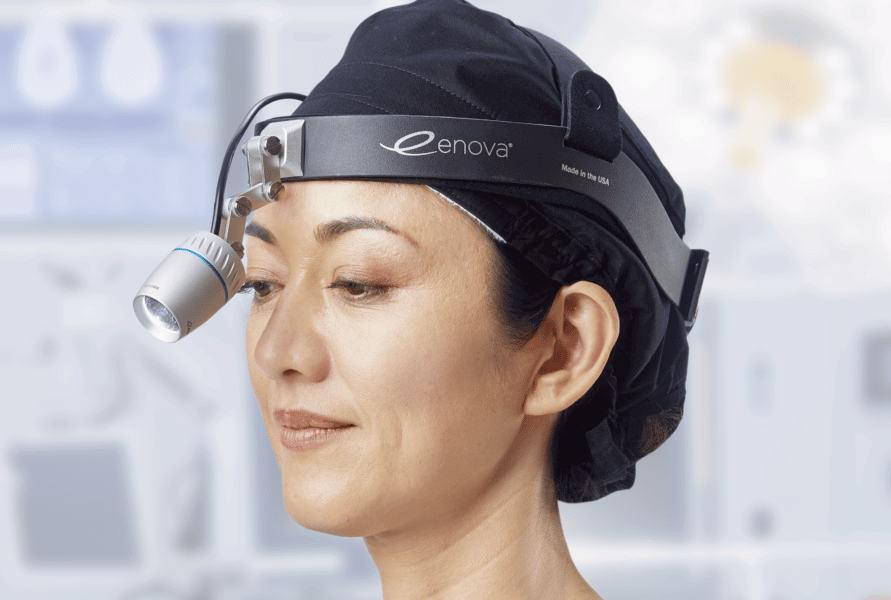Illuminating Precision: The Role of Surgical Headlights in Modern Medicine
In the intricate world of surgery, precision is paramount, and the right tools can make all the difference. One such indispensable tool that has revolutionized the field of surgery is the surgical headlight. These high-tech devices have become a crucial component in the armamentarium of surgeons, illuminating their path to success with clarity and precision.
Surgical headlights, equipped with advanced LED or xenon light sources, bring a focused and intense beam of light directly onto the operating field. This targeted illumination is essential for procedures that require meticulous attention to detail, such as neurosurgery, microsurgery, and dental surgery. The enhanced visibility provided by these headlights ensures that surgeons can navigate through complex anatomical structures with confidence and accuracy.
One of the key advantages of surgical headlight lies in their hands-free design. Surgeons can wear these lightweight, ergonomic devices on their heads, allowing them to direct the light precisely where it’s needed without the constraints of holding a traditional light source. This freedom enhances dexterity and flexibility during procedures, contributing to improved surgical outcomes.
The color temperature of the light emitted by surgical headlights is carefully calibrated to closely mimic natural sunlight. This not only reduces eye strain for surgeons but also enhances the ability to differentiate between tissues, ensuring accurate identification and preservation of critical structures.
Moreover, the use of surgical headlights contributes to a more efficient and streamlined surgical environment. With a reliable source of illumination attached directly to the surgeon, there is a reduced need for additional lighting equipment in the operating room, minimizing clutter and optimizing the surgical field.
In conclusion, surgical headlights represent a crucial advancement in the field of surgery, providing surgeons with the illumination they need for precision and accuracy. As technology continues to evolve, these devices play a pivotal role in shaping the future of surgical practices, ensuring that surgeons can perform with heightened visibility, confidence, and ultimately, success in the operating room.







2 Comments
Comments are closed.